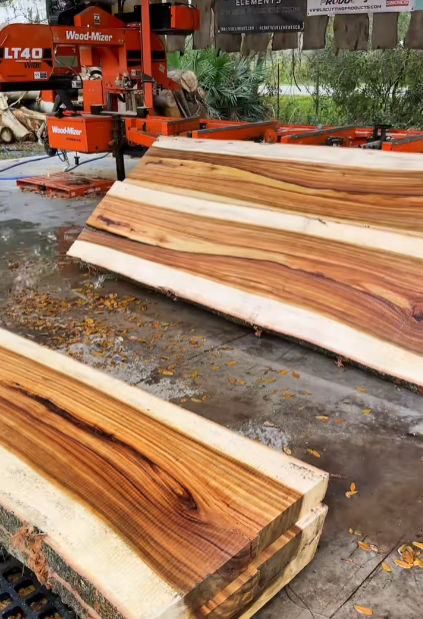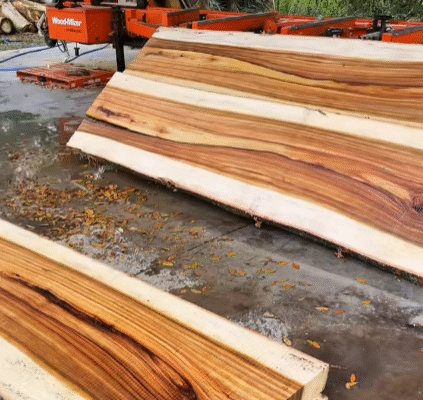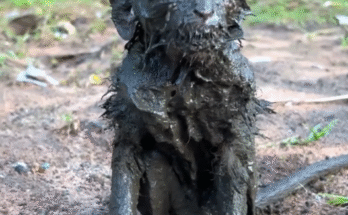
Pecan, pecawn, or peekin’? No matter how you pronounce it, there’s one thing we can all agree on—pecan logs are downright delicious. They’re chewy, nutty, sweet, and a staple of Southern kitchens, roadside gift shops, and classic candy counters. But the journey of the pecan log is about more than sugar and nuts. It’s a tale that winds through food traditions, regional accents, and sweet nostalgia. So let’s unwrap the story—one gooey bite at a time.
A Sweet Southern Icon
The pecan log roll is an iconic Southern treat made from creamy nougat, rolled in golden caramel, and covered in chopped pecans. When sliced open, it reveals a beautiful swirl of white and amber, with the crunch of roasted pecans on the outside offering the perfect contrast to the soft interior. It’s a snack meant for savoring, often paired with memories of road trips, grandma’s kitchen, or a stop at that famous roadside candy store with a giant smiling sign out front.
While variations of the candy exist, the classic version features divinity nougat—a Southern specialty that’s like marshmallow’s fancier cousin. It’s made with egg whites, sugar, and corn syrup whipped until fluffy and then folded with cherries or pineapple bits for an extra pop of flavor. The entire roll is bathed in smooth caramel and smothered with chopped pecans. It’s a treat designed to satisfy every part of your sweet tooth.

The Pronunciation Debate: Pecawn, Pecan, or Peekin?
Now let’s get into the fun part: how do you say “pecan”? This little nut has sparked more debates at dinner tables than almost any other food in the American South. Depending on where you live, you might call it:
- Puh-kahn (pecawn) – Popular in the Deep South and often considered the “proper” or traditional pronunciation.
- Pee-can – Common in Northern states and parts of the Midwest.
- Pee-kahn or Pee-kin – Found in scattered regions across the country, often based on family influence or local dialects.
Interestingly, surveys have shown that even within the same state, people differ in how they say it. Some families swear by “pecawn pie,” while others insist it’s a “peekin pie.” The great debate has even made its way into national media, late-night talk shows, and YouTube pronunciation challenges. But here’s the thing: no matter how you say it, you’re still enjoying the same delicious nut.
The Nut Behind the Name
Before it became a candy staple, the pecan was a prized tree nut native to North America. Pecans grow on tall hardwood trees primarily found in the southern United States, particularly in states like Georgia, Texas, Louisiana, and Mississippi. In fact, the word “pecan” comes from an Algonquin word meaning “nut that requires a stone to crack.”
Pecans have a rich, buttery flavor and are packed with healthy fats, fiber, and antioxidants. That’s probably the only healthy thing you’ll find in a pecan log, but hey, balance is important, right?
The trees themselves can live for hundreds of years and often become family heirlooms on Southern farms, passed down from generation to generation. Some orchards boast trees that are over 200 years old and still producing nuts.

Pecan Logs and Roadside Americana
If you’ve ever driven along a highway in the South or Midwest, chances are you’ve seen a sign advertising pecan log rolls. One of the most famous purveyors is Stuckey’s—a roadside chain that made its name selling snacks, souvenirs, and, you guessed it, pecan logs. Founded in the 1930s, Stuckey’s helped popularize the candy by offering it in nearly every gas station and rest stop from Georgia to Texas.
For many families, stopping for a pecan log was a travel tradition. It was part of the adventure—grabbing a treat, stretching your legs, and maybe picking up a snow globe or a state-shaped magnet. Even now, for those who grew up with these road trips, a pecan log can take them back to simpler times.
Homemade with Love
While store-bought pecan logs are still popular, many people now make them at home, especially around the holidays. Recipes vary slightly, but the basic steps remain the same: whip up the nougat, shape it into logs, let it cool, dip in caramel, and roll in pecans. It takes a bit of time and effort, but the result is worth it. Plus, making them at home means you can tweak the recipe—maybe add sea salt to the caramel, dried cherries to the nougat, or use dark chocolate for a twist.
If you ever get the chance to try a freshly made pecan log from a small-town bakery or a local fair, don’t pass it up. There’s something about that combination of textures and flavors that store-bought versions rarely match.

More Than Just a Candy
The pecan log is more than a sweet treat. It’s a piece of cultural history. It’s a nod to the ingenuity of home cooks, the bounty of American agriculture, and the comfort of regional recipes passed down through generations. It’s a candy that tells a story—one bite at a time.
And yes, it’s also a conversation starter. Whether you’re at a family gathering, a summer picnic, or a holiday party, someone’s bound to say, “Wait, how do you pronounce ‘pecan’ again?” And off you go into the great debate, laughing over accents and memories.



